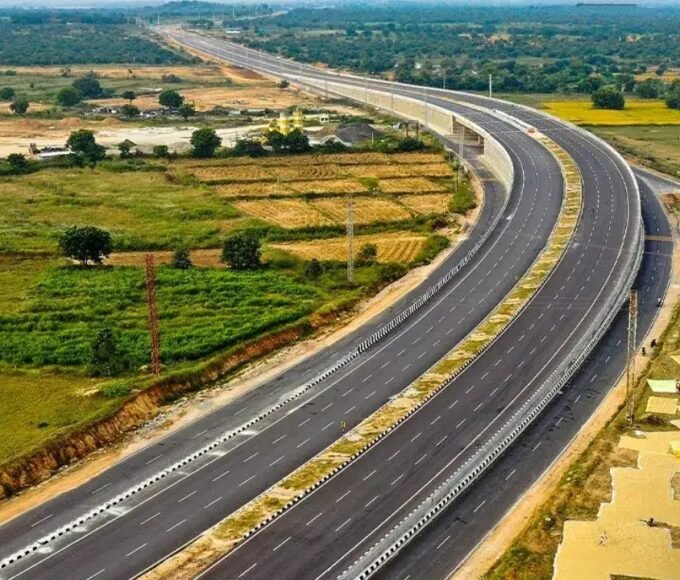Recent Posts
Steel Demand to Accelerate in H2FY25 as Construction and GST Cuts Drive Growth: Naveen Jindal

India’s steel industry is gearing up for a strong recovery in the second half of FY25, with demand expected to grow at double-digit rates after a subdued monsoon season. Naveen Jindal, President of the Indian Steel Association (ISA) and Chairman of Jindal Steel, said demand will normalise from October, supported by rising construction activity and recent policy measures.
Speaking at the ISA Steel Conclave, Jindal noted that more than half of India’s annual steel consumption typically happens in the second half of the year. “Demand so far this year has grown around 7-8%. From October onwards, we see momentum returning, with the potential for double-digit growth in the coming months,” he said.
A major boost is expected from the government’s recent decision to cut Goods and Services Tax (GST) on cement to 18%. Since cement and steel are used together in construction, this move is likely to make housing and infrastructure projects more affordable, driving up steel usage. At the same time, lower taxes on automobiles and other goods are expected to fuel downstream industries that also rely heavily on steel.
India’s steel sector has already demonstrated resilience, producing 151 million tonnes (MT) in FY25 with an installed capacity of around 200 MT. The government has set an ambitious target to expand this capacity to 300 MT by 2030, underlining the critical role of steel in supporting the country’s infrastructure and manufacturing ambitions.
Unlike many global producers, India’s steel industry is largely focused on domestic consumption. This insulates it from global volatility and ensures that growth in construction, real estate, and manufacturing directly translates into higher demand at home. With large-scale housing projects, urban infrastructure, and industrial expansion in the pipeline, the outlook for the second half of FY25 appears robust.
Industry experts believe the combination of post-monsoon construction recovery, tax reforms, and strong domestic demand will set the stage for sustained growth in the steel sector, keeping India firmly on track to achieve its long-term production targets.
Recent Posts
Categories
- Acquisition1
- Airport14
- AP95
- Apartments119
- Bengaluru205
- Budget 202521
- Cement159
- Chennai426
- Construction871
- Construction Material Price Updates1
- Corporation4
- CREDAI61
- Editors Pick42
- Equipment43
- Events11
- Export20
- GST15
- Highways114
- Hotel13
- Housing198
- Hyderabad85
- import21
- India92
- Industrial364
- Infrastructure575
- Interiors28
- Iron Ore55
- Karnataka78
- Kerala53
- Labour1
- Land145
- Logistics33
- Market Updates369
- Metal92
- Metro107
- Mining67
- MSME19
- News1,830
- NHAI92
- Paints38
- Port1
- Power Shutdown1
- Properties96
- Puducherry11
- Railways6
- Real Estate722
- Road217
- Sand37
- Short News117
- SIPCOT10
- Steel Daily419
- Stocks29
- Tamil Nadu439
- Technology77
- Telangana86
- TIDCO5
- Trade44
- Trending News1,108
- Video2
- warehouse36
Related Articles
Tamil Nadu Road Development Company Moves Ahead with Final Phase of Chennai Peripheral Ring Road
The Tamil Nadu Road Development Company has invited bids for the 27.34...
BySamrita JosephNovember 27, 2025ED Arrests Arihant Shelters Director Aashish Jain in High-Value Land Acquisition Fraud Case
The Enforcement Directorate has arrested Arihant Shelters director Aashish Jain in a...
BySamrita JosephNovember 27, 2025State Government Announces ₹2,000-Crore Urban Overhaul to Transform Vijayawada by 2029
The state government has launched a ₹2,000-crore plan to rebuild Vijayawada’s core...
BySamrita JosephNovember 27, 2025Blackstone Nears Majority Stake in Ritz-Carlton Bengaluru
Blackstone is set to acquire a majority stake in the prestigious Ritz-Carlton...
BySamrita JosephNovember 27, 2025















Leave a comment